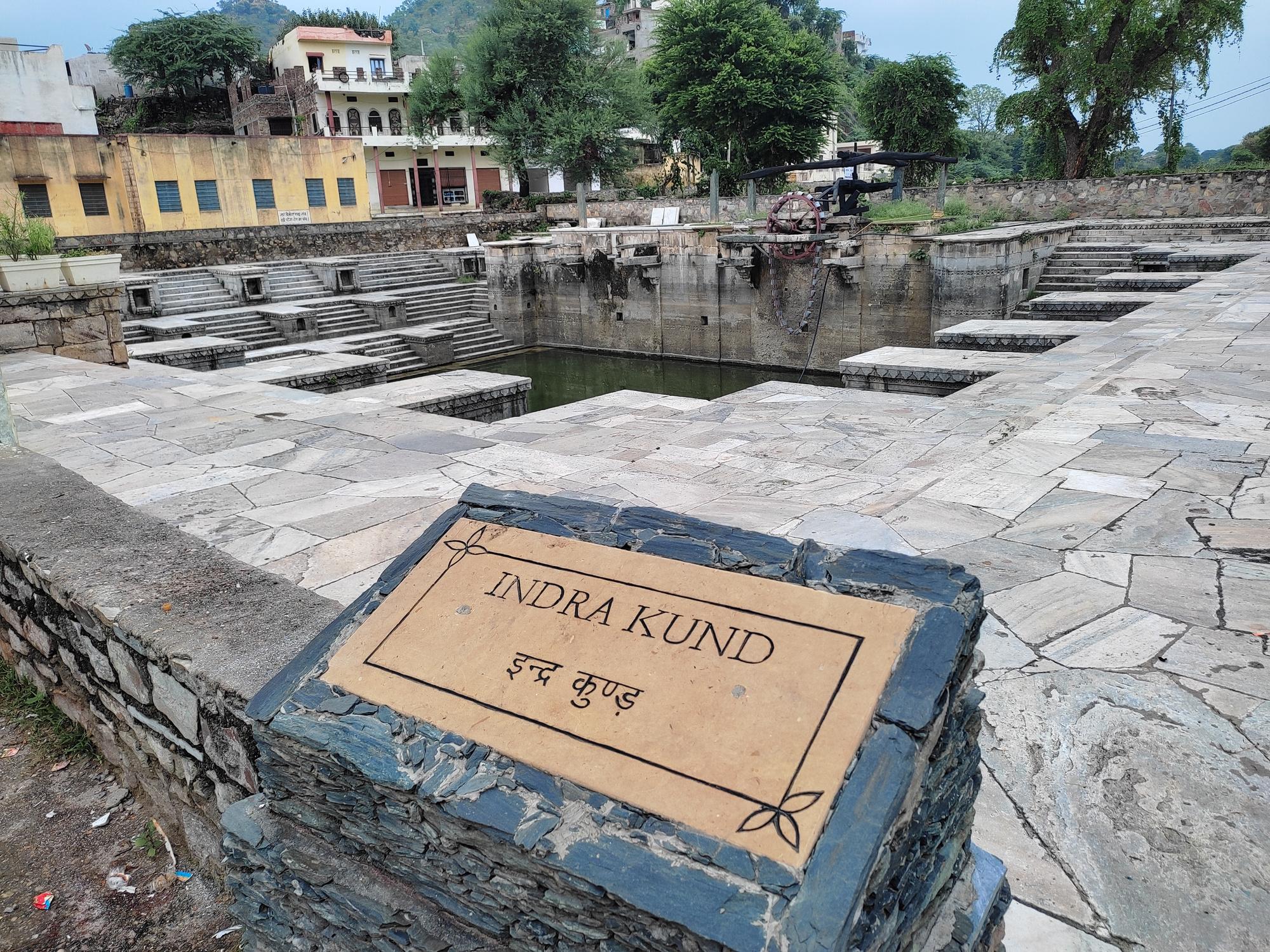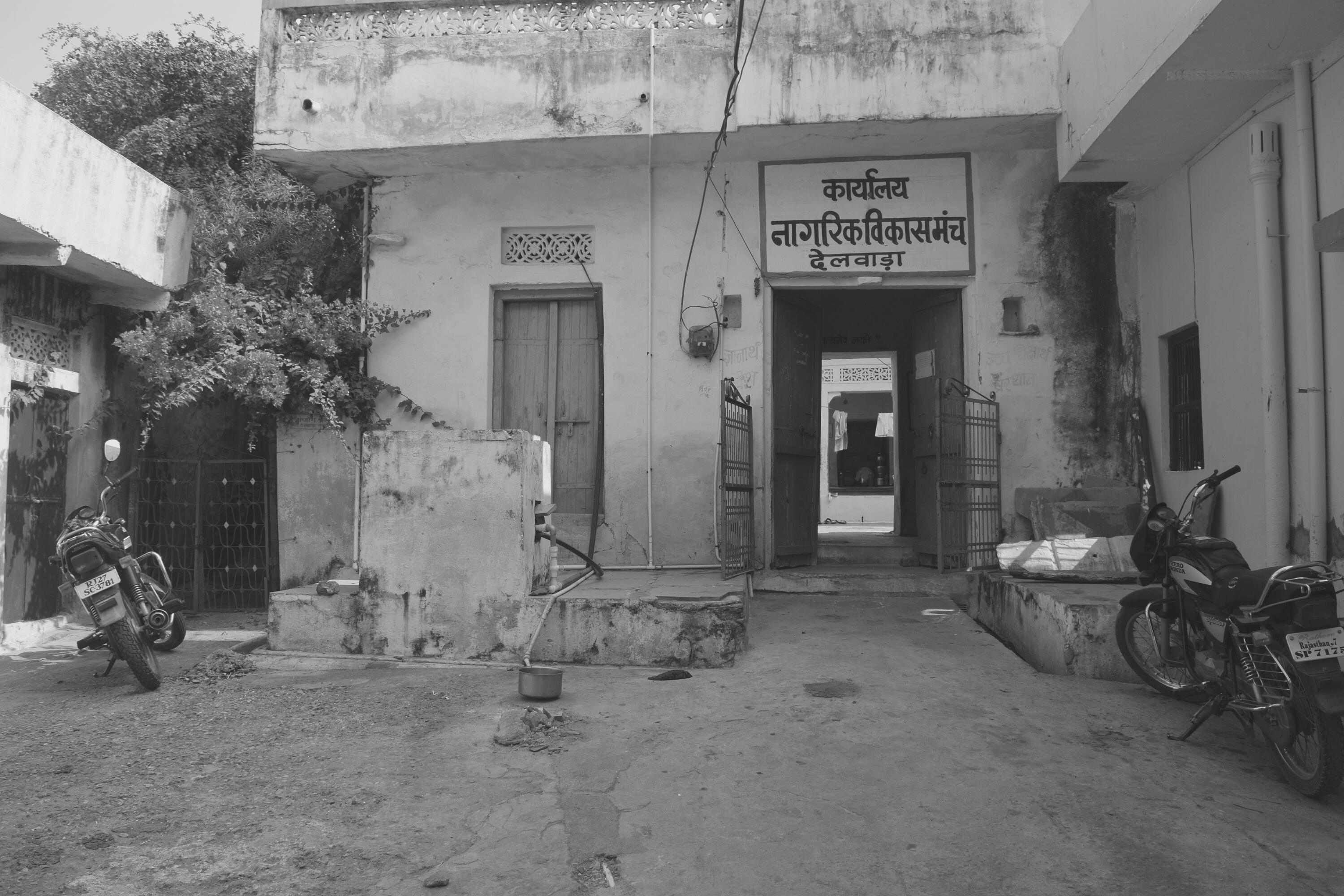
3 minute read
Executive Summary
This pilot focused on the challenges and perspectives of small towns Towns are often in the vicinity of a city, usually in the countryside and so have both urban and rural influences.n particular, this pilot explored the uses of cultural heritage in small towns. More specifically, it mapped how cultural heritage has been defined, represented and used by small townsThe major objective was to recognise potentials and problems that foster or block pathways for uses of heritage in resilience-enhancing ways, and to outline avenues for better practice. A range of documents were analysed, such as towns’ self-promotional materials, and local heritage-related institutions’ initiatives, measures and events were mapped, which provided the pilot with an understanding of the common patterns and diversity in how cultural heritage is used as an asset in small towns, by whom and for what purposes. Selecting attractive area features and defining clear promotion plans are part of marketing a small town
Delwara heritage is important because the sites not only talk about physical history or social inheritance but are the sites of social change. The heritage walks have been organised to promote conservation and awareness about the rich history and legacy of Delwara.Each walk offers a window into small-town India and explores the past decade of transformative development and social changes brought about by the people of Delwara and Seva Mandir. Each walk is distinguished by the guide’s own stories, opinions and relationships.
Advertisement
Outdoor enthusiasts look for different features in visiting small towns, but a multidimensional marketing approach focusing on a variety of outdoor and natural elements casts a wide net to attract travelers and potential new residents Inclusive marketing campaigns integrating print and online materials showing the outdoor attractions, in-town and nearby dining options, overnight lodging alternatives and directions from a well-known geographic center help bring visitors to the small town. Marketing materials showing year-round outdoor activities attract new residents.
The idea of working with youth arose out of the sense that Youth were not getting a space to engage with the development process, they are the citizens and leaders of the future. By working with the Youth it would be possible to tap into their inherent energy for change and at the same time, to nurture values that are suited to craeting a responsible citizen for the future. Wide range of activities are being carried out with Youth from Delwara, engaging them in activities and discussion related to wide range of development issue but considering my project brief my idea of indulging them with the tangible and intangible heritage of Delwara to be able to provide livelihood opputunities through existing interventions of Seva Mandir in terms of Heritage Conservation in which they have established Delwara Heriatage and Community Walk started in 2012 as well as a torch bearer of the legacy of Delwara and to promote it furthur.
This is a guided tour of a village with historic temples, stepwells and a royal palace (now a 5star Boutique Hotel under RAAS Boutique Hotels). The tour guides grew up in the village and still live there and will introduce travellers to its villagers and artisans who themselves can provide guided instruction on their arts, for example pottery, jewellery and stitching. The guides will also take travellers into old temples, access to which is normally restricted to worshipers The tour provides a unique opportunity to see a real part of India which is not otherwise seen by tourists and to learn about its way of life. The tour is in fact an initiative of the NGO Seva Mandir in order to help preserve and highlight the unique heritage of Delwara and to provide job opportunities to its young guides who run the tour
In this time of general globalization and unification, the importance of cultural tourism is growing faster than fancy trends. Cultural tourism is not just a current whim It has been developing for centuries - from the departures of the first pilgrims until this modern time where the discovering of identity and uniqueness has become a common phenomenon Uniqueness and specificity that are far from the hurried everyday life, actually open new possibilities for the exploration and the defining of the meaning of cultural tourism in these last twenty years. In this global accelerated development, the distinctiveness of an offer grows in accordance with the development of the image of a destination, and in accordance with the generation of competitive advantages The cultural and historical heritage is very often included in different promotional materials, but it is in itself not adequately prepared to be a properly managed attraction



